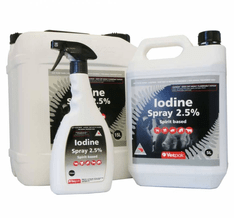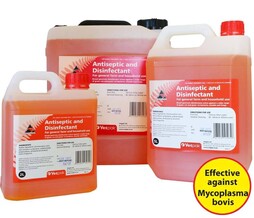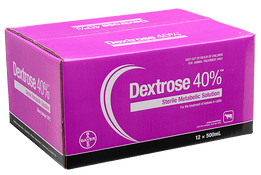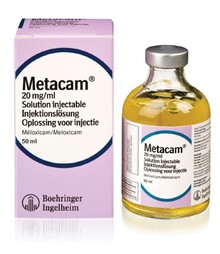With the season soaring by, now is the time to start getting organised for lambing and start thinking about what supplies you might require come lambing time. We all know that prevention is key when it comes to animal health. There are a few products that can be used during lambing that may save you time and money further down the track.
However, there will be times that animal health treatments are needed for various diseases. Making sure that plenty of these supplies are readily available when you need them is important- it is far better to be over prepared.
Below are a few items that may be useful come lambing time.
1) Iodine Spray:
Taking the time to spray navels with the correct dilution of iodine, can help with the prevention of arthritis in lambs. The bugs that contribute to this disease, live in the soil and are able to enter through the navel at lambing time.
This problem can be exacerbated in muddy lambing conditions, dirty lambing trailers and lambing pens. Spraying the navels before a lamb is placed in the lambing trailer and again if they are to enter a mothering up pen or lamb rearing pen should be routine. Spraying navels if a weak lamb has been born in a muddy/dirty lambing environment is also recommended if possible. Arthritis can be tough to treat with antibiotics so any steps that you can take to prevent it from occurring during lambing will help.
2) Disinfectant:
Using disinfectants to drop the exposure of various bugs can help prevent diseases such as watery mouth, arthritis, navel infections, diarrhoea, etc. Spraying lambing pens, trailer boxes and rearing pens weekly with disinfectant is recommended. Although a strong immune system can be achieved through good quality colostrum, it is often the most vulnerable lambs that can be exposed to the highest pathogen challenge. Killing the bugs through the use of disinfectants, drops the challenge against the lamb’s immune system, helping prevent disease.
3) Dextrose:
Reviving a lamb that has experienced a period of starvation- exposure, by providing it with a long lasting glucose supplement, can increase their survival success rate. Giving injectable Dextrose directly into the lamb’s abdomen can be done on those lambs that have likely been alive for a while that have exhausted their own fat stores. The 40% Dextrose solution sold must firstly be diluted by mixing it with an equal volume of sterile water.
A dose rate of 10mL/ kg of lamb needs to be given (e.g. a 4kg lamb needs a 40mL treatment consisting of 20mL of 40% Dextrose and 20mL of sterile water). This technique can be mastered, by holding the lamb upright between your knees. Iodine should be sprayed over the injection site, which is on the head side of the navel, a cm either side of the midline. Using a sterile 18G 3/8 inch needle at a slight angle, inject the Dextrose solution directly into the abdomen. If a bleb is seen under the skin, the needle needs to be pushed further in. After the injection is given, warm the lamb up and they should be ready for a feed.
4) NSAIDS:
NSAIDs, (Non steroidal anti- inflammatory drugs) such as Metacam, can be used throughout lambing time to relieve pain and decrease inflammation. Although not commonly utilised by the average sheep farmer in the past, use of NSAIDs in sheep is becoming more common.
Using them alongside your usual treatments for bearings, a tough lambing, mastitis or a down ewe, can increase the success rate of treatment and potentially get your ewes up and eating quicker. Relieving pain not only may increase appetite but could also relieve the irritation, after a bearing is treated and may lessen the ewe’s urge to push. The use of NSAIDs is a great chat to have with your vet.
- Briar Cooper





